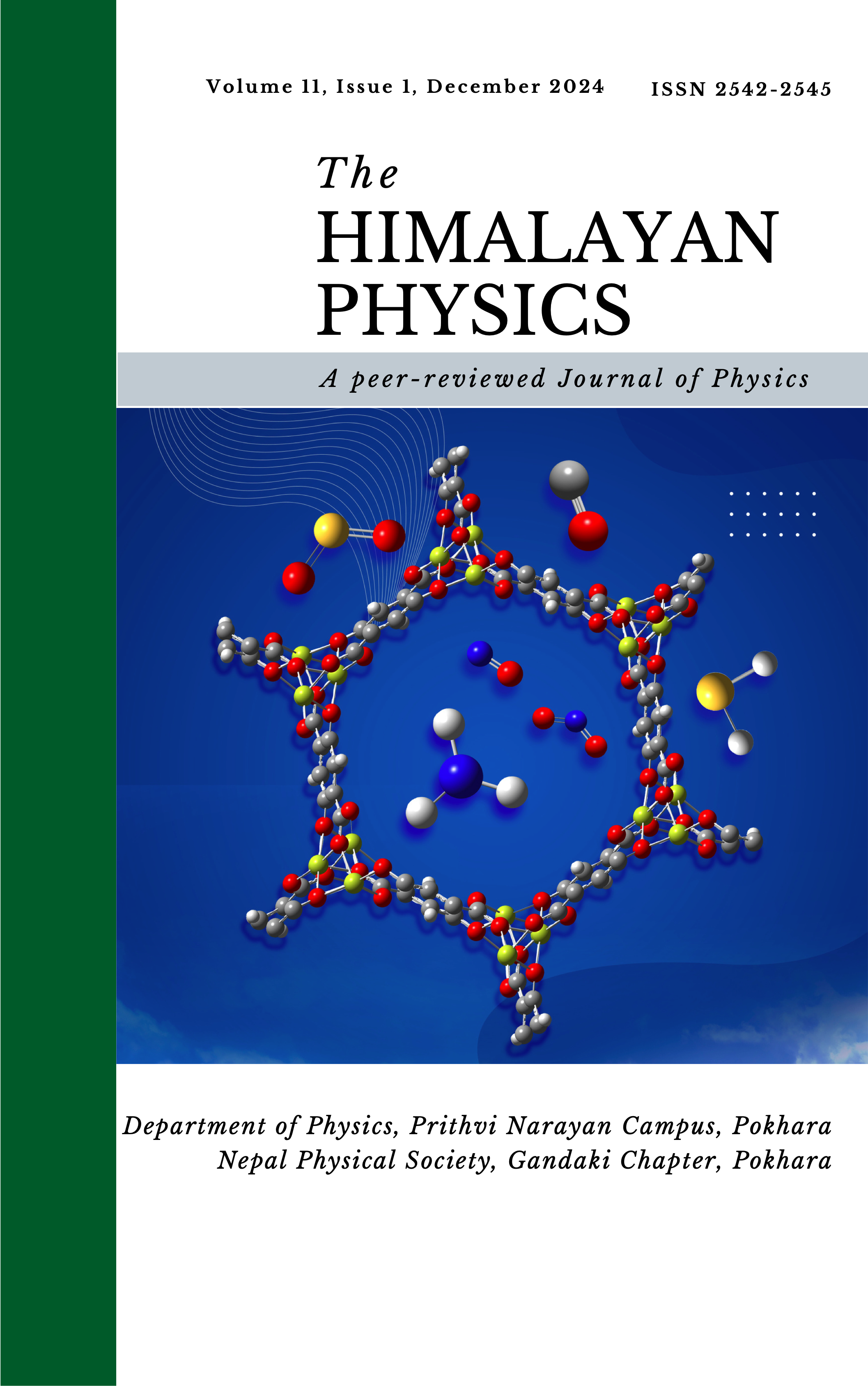From the Hamilton-Jacobi equation to the Schrödinger equation and vice versa, without additional terms and approximations
DOI:
https://doi.org/10.3126/hp.v11i1.66159Abstract
In this article, we will answer a question posed in the book Classical Mechanics by H. Goldstein: ``"Is the Hamilton-Jacobi equation the short wavelength limit of the Schrödinger equation?" But, before that, we will identify an essential element that will take us from the Hamilton-Jacobi equation to the dynamic equation of non-relativistic quantum mechanics for a function ψ through an exact procedure. This element is the linear independence of the functions ψ and ψ* (their complex conjugate). Their independence is demonstrated for physical systems where the acting physical potential does not explicitly depend on time. Proceeding in reverse, from the Schrödinger equation, we obtain the Hamilton-Jacobi equation, exactly, without additional terms.
Downloads
Downloads
Published
How to Cite
Issue
Section
License
Copyright (c) 2024 Himalayan Physics

This work is licensed under a Creative Commons Attribution-NonCommercial 4.0 International License.
This license enables reusers to distribute, remix, adapt, and build upon the material in any medium or format for noncommercial purposes only, and only so long as attribution is given to the creator. If you remix, adapt, or build upon the material, you must license the modified material under identical terms.




